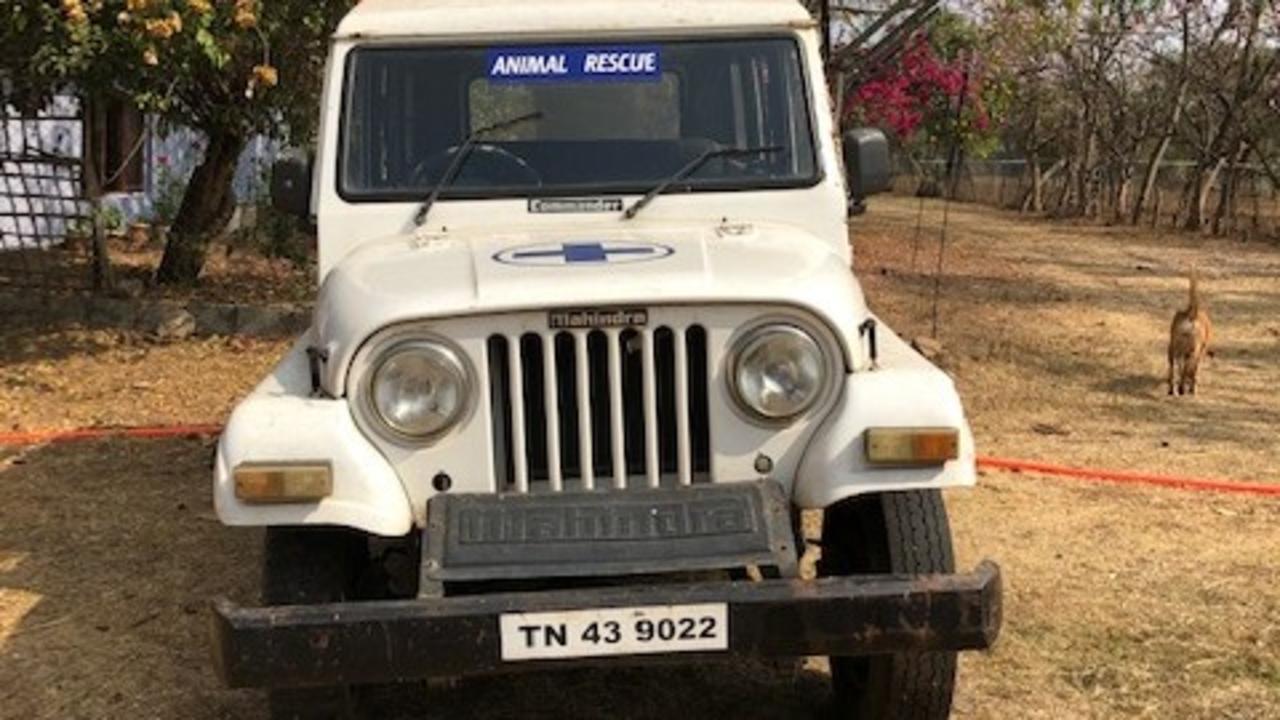
This morning we began work on a program for introducing new horses to life in the IPAN refuge.

With four newly arrived mares, we had four very different characters to work with. The most confident one, also the one in the best condition, was leading well and picking up her feet nicely at the end of the short session. The least confident one and the mare that looked like she'd been working hard most recently went from being very reluctant to be caught at all to enjoying a gentle scratch on the neck.
Often simply finding a place to start like this is the best thing you can do on Day 1. A five-minute session where you can approach the horse, give it something that it enjoys, that rub on the neck, and leave it happy to come back tomorrow to learn a bit more.
Even at this stage, we're teaching the horses about self-carriage - do what I asked you to do (be it lead, hold your foot up to be picked out etc) until I ask you to do something else. By breaking it down for each horse, into the necessarily individual steps (more steps for some than others), we can make the experience a positive one for both horse and handler.
Many of the horses that find their way to a refuge or rescue organisation have not had a good start and it is so important to make these early interactions short, clear and above all positive experiences for them. One of the objectives of my stay here is to formulate a procedure that can be followed by other organisations of introducing new animals to the surroundings, teaching them basic skills such as leading and safe handling to make settlement easier for all.


